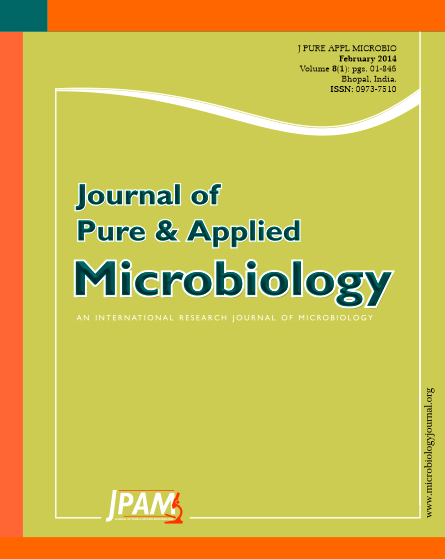The present study describes various population and ecological aspects of Pythium species in the rhizosphere of agriculture landscape in El-Minia, Egypt during the growing season of 2006-2008. The isolation of Pythium species was achieved by zoospores baiting technique (ZBT), direct isolation from soil (DIS) and soil serial dilution method (SSDM) using a selective agar medium (NARM). Pythium species were identified morphologically and sequencing of rDNA-ITS of the isolated species including the 5.8 S rDNA were analyzed to confirm the species identification. A total of 746 isolates were identified into 11 species: P. aphanidermatum, P. aquatile, P. catenulatum, P. deliense, P. diclinum, P. graminicola, P. irregulare, P. myriotylum, P. oligandrum, P. spinosum, P. ultimum var. ultimum and representatives of three heterothallic Pythium groups F, G and P. The most predominant species in all location was P. aphanidermatum fallowed by P. ultimum var. ultimum and P. diclinum. While P. graminicola was the lowest predominant species. Spread of Pythium species fluctuated seasonally and maximum number of isolates were recorded in spring fallowed by winter and least isolated could be found in summer.The study gives an overview of population status of Pythium species and possible crop infestation as well as its potential as biological control measure.
Pythium, Rhizosphere, Oomycetes, El-Minia
© The Author(s) 2014. Open Access. This article is distributed under the terms of the Creative Commons Attribution 4.0 International License which permits unrestricted use, sharing, distribution, and reproduction in any medium, provided you give appropriate credit to the original author(s) and the source, provide a link to the Creative Commons license, and indicate if changes were made.


